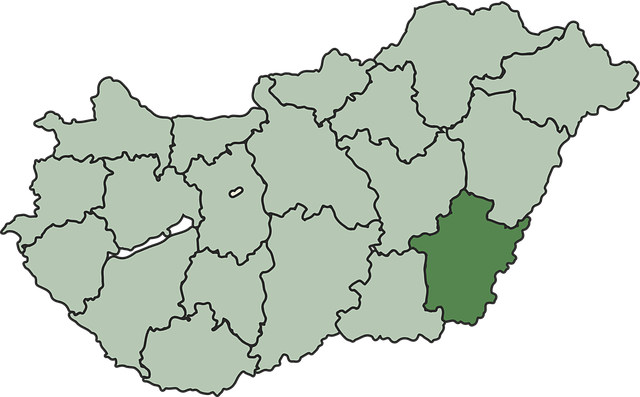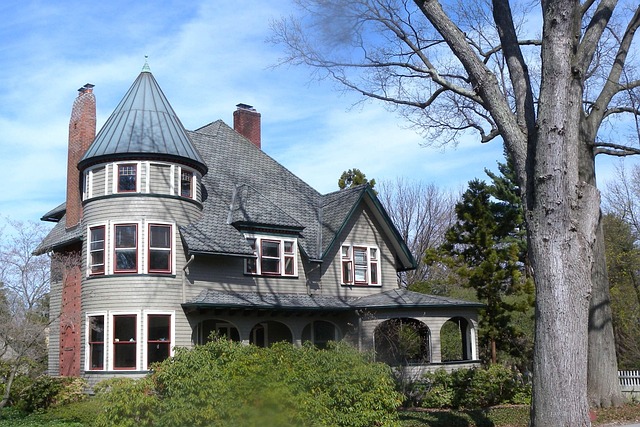Real estate plays a pivotal role in fostering community engagement and driving economic growth in close-knit towns. Their pedestrian-friendly layouts and mixed-use developments encourage social interactions, enhance a sense of belonging, and support local businesses. These communities retain local workforces due to strong bonds and affordable, convenient housing near amenities. Strategic initiatives like entrepreneurship promotion, education, real estate incentives, and mixed-use zones further strengthen their robust workforce and economic vitality.
In today’s competitive business landscape, close-knit towns are emerging as powerful hubs supporting robust workforces. This article explores how real estate plays a pivotal role in fostering community support and enhancing workforce retention. We delve into effective strategies for small communities to develop thriving workforces, focusing on unique advantages and innovative solutions that make these towns attractive destinations for professionals. By harnessing the power of real estate, close-knit towns are revolutionizing their economic future.
The Role of Real Estate in Fostering Community Support

In close-knit towns, real estate plays a pivotal role in fostering community support and strengthening local economies. The layout of the town, with its easily walkable streets and mixed-use developments, encourages residents to interact and collaborate, enhancing social cohesion. Local businesses often thrive because of this, as people are more likely to patronize shops and restaurants within walking distance, creating a vibrant, interconnected ecosystem.
Furthermore, real estate developers in these towns prioritize building affordable housing options close to amenities, jobs, and schools. This accessibility ensures that families can stay connected to the community they’ve built their lives around. As a result, residents are more invested in supporting local initiatives, events, and businesses, creating a strong network of support that benefits everyone within the town.
How Close-Knit Towns Enhance Workforce Retention

Close-knit towns offer a unique advantage in workforce retention due to their strong sense of community. When residents feel deeply connected to their surroundings, they’re more likely to remain for extended periods, benefiting local businesses and organizations. This belonging fosters a sense of loyalty, where people invest time and energy into the town’s growth and development, creating a positive cycle that attracts like-minded individuals.
Additionally, these towns often provide a supportive environment conducive to personal and professional growth. Local real estate options cater to diverse needs, allowing residents to find suitable homes close to their workplaces, reducing commuting stress. Such convenience, coupled with the town’s social fabric, makes it appealing for families and professionals alike, ensuring a steady and engaged workforce over time.
Strategies for Developing a Thriving Workforce in Small Communities

In small communities, fostering a thriving workforce requires strategic initiatives tailored to leverage local strengths and resources. One effective approach is to promote entrepreneurship by providing incubators, accelerators, or mentorship programs that support existing businesses and encourage new startups. This not only attracts diverse talents but also ensures that entrepreneurial spirits thrive within the community. Additionally, investing in education and training programs relevant to local industries can significantly enhance employability. Partnerships between schools, colleges, and employers can help design curricula aligned with current and future job demands, ensuring a steady pipeline of skilled workers.
Real Estate plays a pivotal role in this strategy by offering incentives for business relocation or expansion within the town. Tax breaks, subsidies, or affordable land can attract businesses and create job opportunities. Furthermore, developing mixed-use zones that combine residential and commercial spaces encourages economic activity and fosters a vibrant atmosphere where residents are more likely to work locally, contributing to a stronger, close-knit community.






